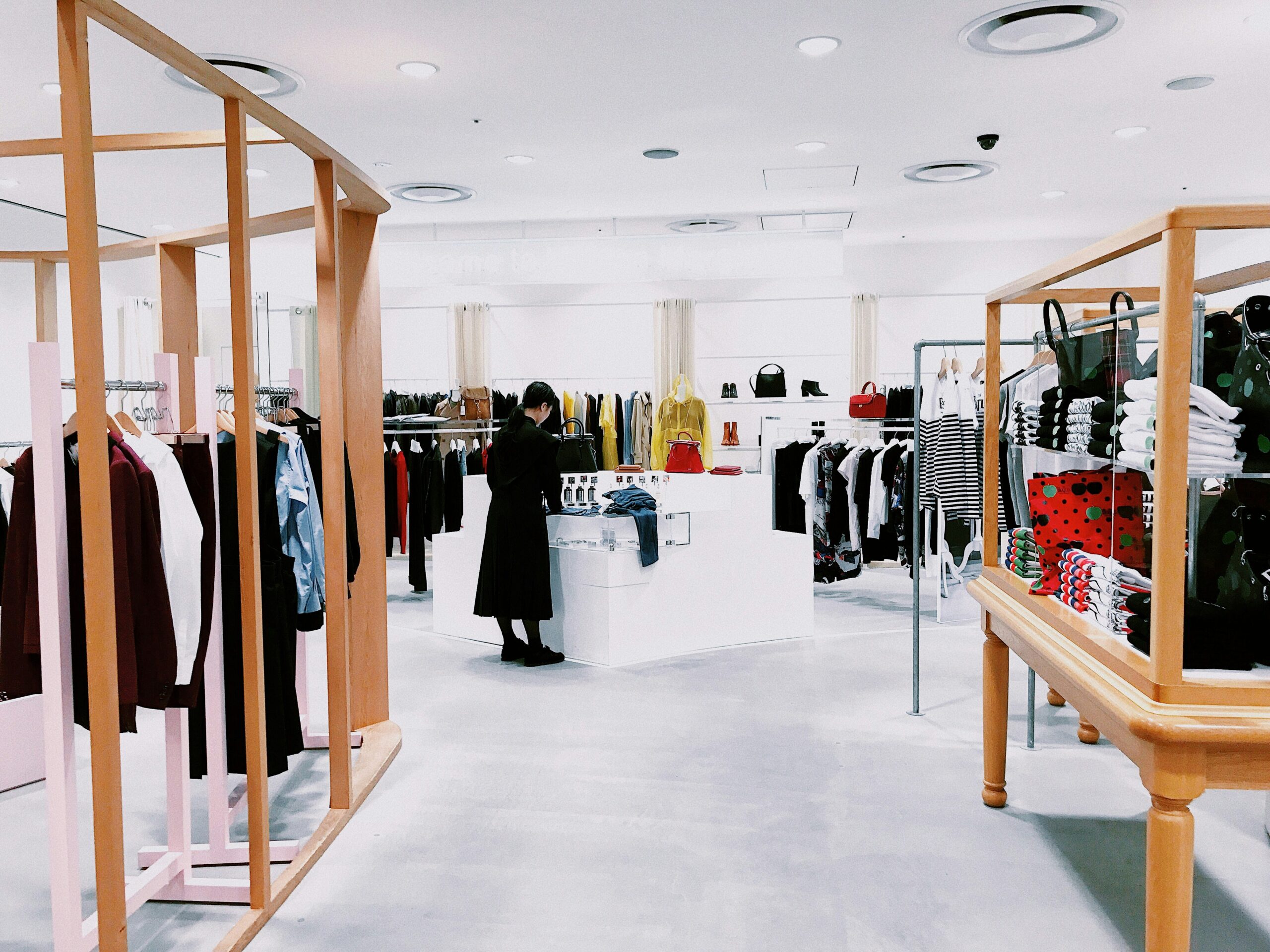Retail dead zones are sections of stores that receive little foot traffic, leaving merchandise unnoticed and sales unrealized. These areas can reduce overall store performance and create a perception that products are less desirable. Addressing dead zones is essential for maximizing revenue, improving the customer experience, and ensuring that every square foot of a store contributes to profitability.
Identifying Dead Zones
The first step in addressing low-traffic areas is to identify them accurately. Store analytics, including heat maps from foot traffic sensors or sales data by section, can reveal patterns of customer movement. Often, dead zones occur near checkout lines, behind large displays, or in corners far from entrances. Observation and data analysis together provide a clear picture of which spaces are underperforming and why.
Strategic Product Placement
Once dead zones are identified, repositioning products can encourage traffic. High-demand items or seasonal bestsellers placed near these areas can attract shoppers who might otherwise bypass them. Complementary product displays, such as pairing accessories with main merchandise, create reasons for customers to explore the space. Small changes in shelf height, lighting, or signage can dramatically influence how a section is perceived and engaged with.
Enhance Visual Appeal
Dead zones often feel dull or uninviting. Improving visual appeal can draw customers in and keep them engaged. LED signage solutions can be particularly effective, highlighting promotions, new arrivals, or special offers. Lighting adjustments, clear sightlines, and appealing color schemes make areas more inviting. Seasonal or themed displays also create visual interest, encouraging exploration and interaction with merchandise.
Interactive Experiences
Engaging customers directly within dead zones can transform the space from overlooked to destination. Product demonstrations, sampling stations, or interactive digital displays provide hands-on experiences that attract attention. Customers are more likely to linger, explore additional products, and make unplanned purchases when they can interact with merchandise rather than passively observe it.
Pathway Design and Store Layout
Adjusting store layout can subtly guide shoppers into low-traffic areas. Wider aisles, clear directional cues, and strategically placed fixtures can create natural pathways. Floor decals, signage, or color-coded sections can encourage exploration. The goal is to make the journey through the store feel seamless while intentionally drawing attention to areas that previously went unnoticed.
Promotions and Incentives
Targeted promotions can be an effective method to increase traffic to dead zones. Offering discounts, bundle deals, or loyalty points specifically for products in low-traffic areas motivates shoppers to engage. Temporary displays or flash sales create urgency and curiosity, prompting customers to visit areas they might normally overlook.
Monitor, Adjust, Repeat
Addressing dead zones is an ongoing process. Continuous monitoring of traffic and sales ensures that strategies remain effective. Adjusting product placement, updating visual displays, or rotating interactive elements keeps the space dynamic and prevents new dead zones from forming. Regular analysis allows retailers to respond quickly to changes in customer behavior and preferences.
Reviving retail dead zones requires a combination of data-driven insight, strategic design, and customer-focused engagement. Identifying underperforming areas, enhancing visual appeal with tools like LED signage solutions, creating interactive experiences, adjusting store layout, and implementing targeted promotions can breathe new life into overlooked spaces. Regular monitoring and adjustments ensure that these areas contribute positively to overall sales, creating a store environment that maximizes both customer satisfaction and profitability. Look over the accompanying infographic to learn more.
